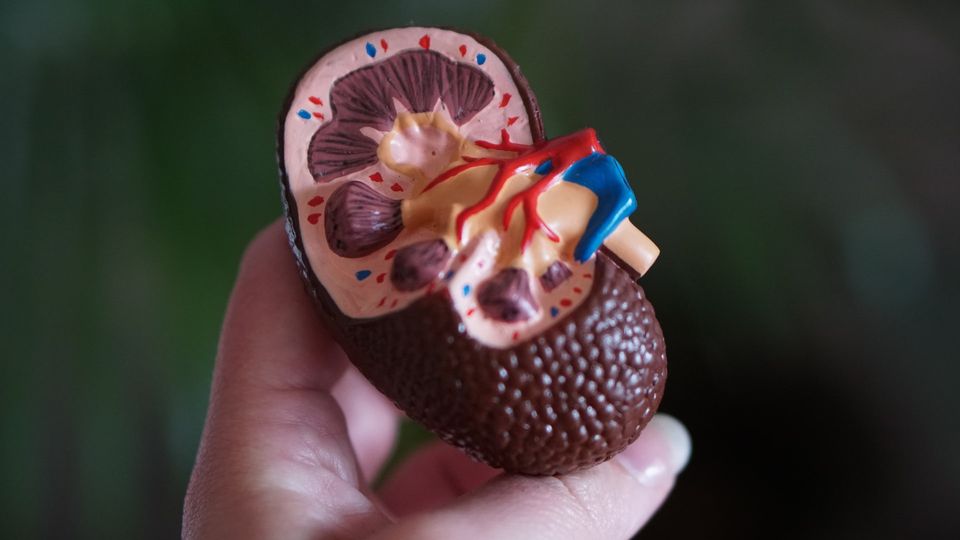New Method Accurately Measures Key Marker of Biological Aging

Complete the form below to unlock access to ALL audio articles.
In a world first, scientists at Duke-NUS Medical School, the National Heart Centre Singapore (NHCS) and colleagues in Germany have shown that regenerative therapy to restore impaired kidney function may soon be a possibility. In a preclinical study reported in Nature Communications, the team found that blocking a damaging and scar-regulating protein called interleukin-11 (IL-11) enables damaged kidney cells to regenerate, restoring impaired kidney function due to disease and acute injuries.
To date, approaches for measuring biological ageing based on telomere length have been limited as they can only ascertain average telomere lengths within a pool of DNA fragments, or are time-consuming and require highly-skilled specialists. Being able to accurately and efficiently measure the length of an individual’s telomeres could open the doors to developing lifestyle interventions that slow ageing and prevent disease.
Publishing in the journal Nature Communications, scientists at Duke-NUS Medical School, National Heart Centre Singapore (NHCS) and colleagues in Singapore, China and the USA have recently devised a way to rapidly and precisely measure the length of a single telomere.
Want more breaking news?
Subscribe to Technology Networks’ daily newsletter, delivering breaking science news straight to your inbox every day.
Subscribe for FREEAssociate Professor Li Shang, senior author of the study from Duke-NUS Cancer & Stem Cell Biology Programme, explained, “We applied a novel approach that uses DNA sequences—we call them ‘telobaits’—to latch onto the ends of telomeres in large pools of DNA fragments, like fishing in pond. Then, with specific scissor-like enzymes, we snip the telomeres out of the pools.
“Using high-throughput genetic sequencing technology, we were able to read the DNA ‘letters’ that comprised each individual telomere, allowing us to very precisely measure their lengths.”
The team successfully validated this approach when they tested it using human cell lines and patient cells. Interestingly, the sequencing results revealed that the genetic sequences within certain parts of the telomeres, known as telomeric variant sequences, were distinct to each individual person.
“Based on this insight, a future area of study for us is the possible use of telomeric variant sequences as a means of biological identification, which could potentially prove useful for expanding the field of forensic science,” said Assoc Prof Li.
The team believes this new approach could be used as a predictive biomarker for human ageing and disease at the individual level, as well as for population-level studies on the impacts of lifestyle, diet and the environment on human health.
Senior co-author of the study, Assoc Prof Angela Koh, who is Senior Consultant with the Department of Cardiology at NHCS and Associate Professor with the SingHealth Duke-NUS Cardiovascular Sciences Academic Clinical Programme, remarked, “This method for telomere length measurement is an important advance in the field of ageing research. From the clinical perspective, we view this as a very promising method for understanding clinical diseases associated with ageing such as cardiovascular disease. Our partnership signifies what can be achieved by clinician-and-biomedical scientists to bring complex lab methods towards simpler, quantifiable methods that may be used in broader clinical labs in the future.”
Reference: Tham CY, Poon L, Yan T, et al. High-throughput telomere length measurement at nucleotide resolution using the PacBio high fidelity sequencing platform. Nat Commun. 2023;14(1):281. doi: 10.1038/s41467-023-35823-7
This article has been republished from the following materials. Note: material may have been edited for length and content. For further information, please contact the cited source.



